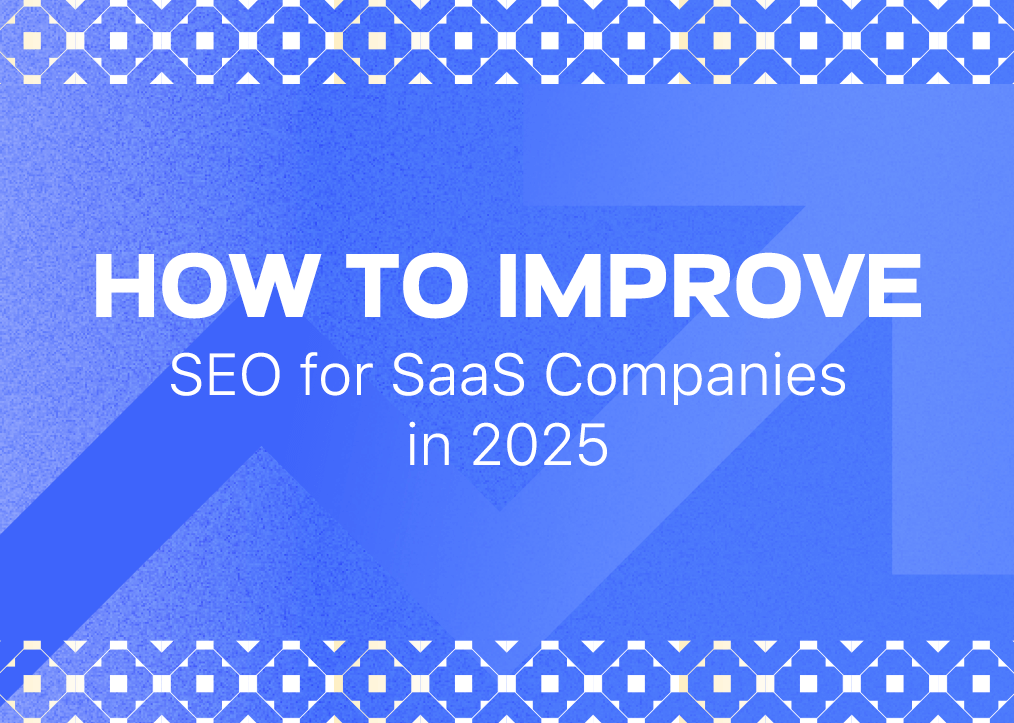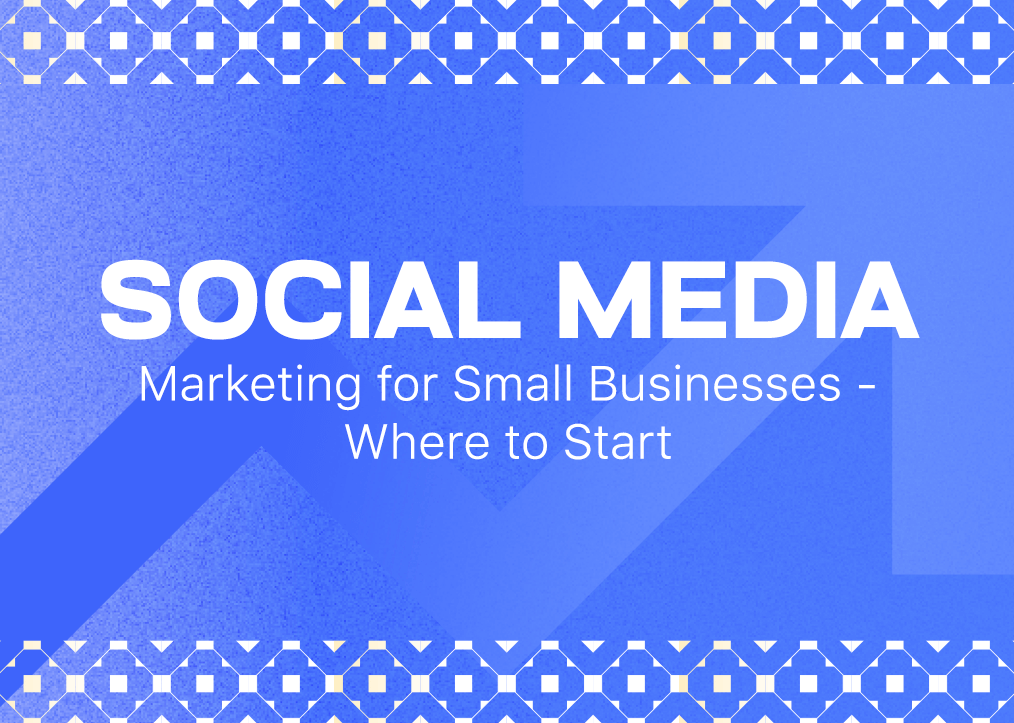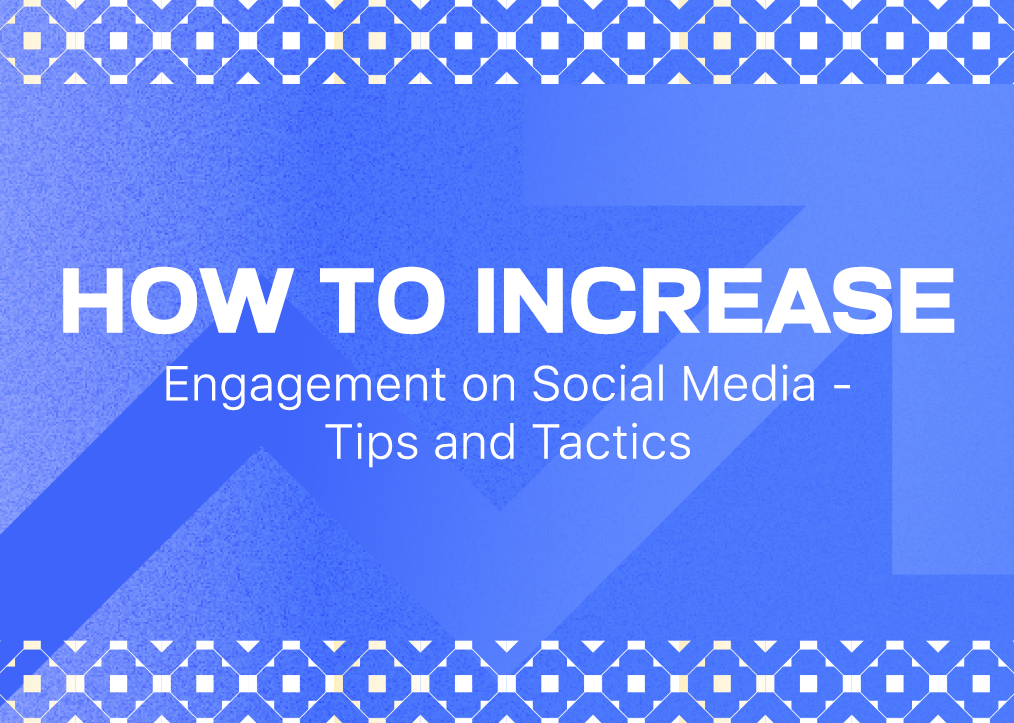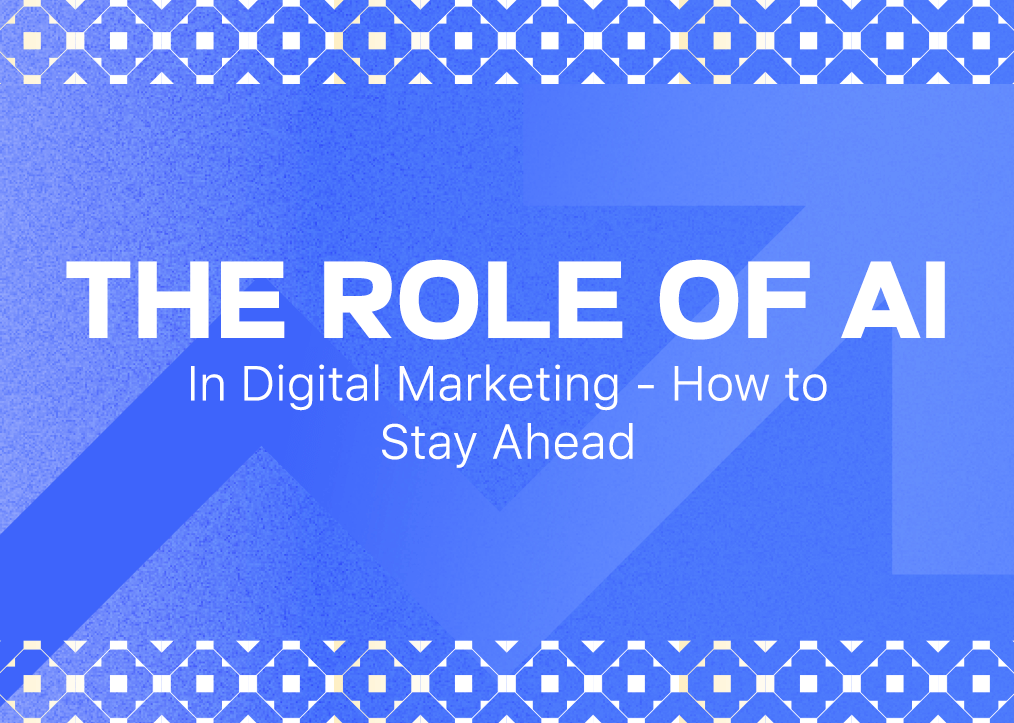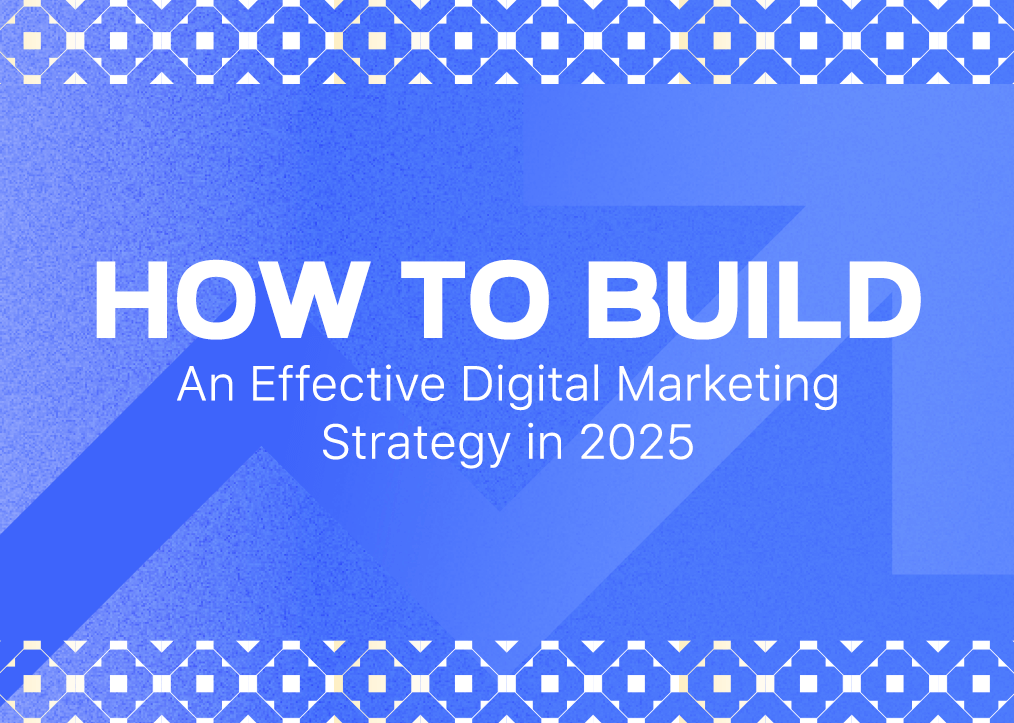Do you think Google Ads is only for big companies with deep pockets? Many small business owners do, too, but that’s not true. Small businesses can compete effectively with innovative strategies.
Targeted ads help you compete by showcasing what makes your business unique. This guide offers practical tips to help you succeed on Google Ads for small businesses without breaking the bank.
Why Google Ads for Small Businesses is Essential for Growth?
Google Ads puts your business where customers are looking right now. Without it, your competitors grab these potential customers. Here’s why it matters:
Immediate Exposure
Imagine a customer searching for the exact service you offer. With Google Ads, your business appears right alongside major competitors—instantly. There is no waiting months for SEO results; your ads show up today.
Budget Control
You set your daily budget, and your ads stop once you reach it. This way, you never overspend. Plus, you only pay when someone clicks your ad.
Precise Targeting
Show your ads to exactly who you want. Target specific neighborhoods, age groups, or customer interests. This focused approach brings in better leads.
Measurable Results
See precisely what works. Track which ads bring customers and which don’t. Use this information to improve your campaigns and get better returns.
How Small Businesses Can Compete with Big Brands
While major corporations dominate with massive marketing budgets, small businesses have potent advantages. Small businesses outperform big brands with targeted, personalized marketing.
Local Targeting
Focus on becoming the best option in your local area instead of trying to reach the entire country. Build relationships with local customers who appreciate having a trusted business nearby.
Long-Tail Keywords
Target specific search phrases that larger companies often overlook. These particular search terms get fewer searches but cost less. It attracts customers who know exactly what they need.
Highlight Your Unique Value
Show customers what makes your business unique. Show off your service quality, local knowledge, and accurate customer care. These are strengths that big companies often can’t match consistently.
Mobile Optimization
Most people search for local businesses on their phones. Make sure your website and ads work perfectly on phones. Many potential customers will find you while using mobile devices.
Smart Bidding Strategies
Adjust your advertising bids based on when and how customers interact with your business. Increase spending during peak times when people are most likely to buy.
Constant Testing & Refinement
Check how your ads are performing regularly and make minor improvements. This ongoing process helps you get better results without wasting your marketing budget.
These strategies help you establish strong customer relationships. Unlike large companies, your small business builds personal connections. Customers appreciate direct, personalized service.
Benefits of Google Ads for Small Businesses
Google Ads helps small businesses grow fast. It brings real customers who are already searching for your services. It’s easy to track and adjust.
Below are the top benefits of Google Ads for Small Businesses, each explained in simple words.
Cost-Effective Advertising
With Google Ads, you control your budget and only pay for clicks, avoiding wasting money on uninterested individuals.
Start with $10 daily, then increase your budget based on results. The platform shows you which ads generate sales. This feature helps eliminate spending on ineffective campaigns.
Targeting the Right Audience
Google Ads lets you target local customers, show ads nearby, and schedule them for the right time. Display them when your customers are most likely to buy.
Target based on customer interests and behaviors. Reach people already looking for what you offer. Exclude audiences that don’t convert. This technique focuses your budget on your most valuable prospects.
Quick and Measurable Results
Unlike SEO, which takes months to work, you can see results within hours of launching campaigns. Track your leads with precision—measure calls, form submissions, and purchases for each ad.
Access real-time performance data. Make adjustments immediately if something isn’t working. Run simple A/B tests to improve results. Compare different headlines, images, and offers.
The platform clearly shows the return on investment, so you’ll know exactly what you’re getting for your money.
How to Use Google Ads Effectively
Setting Up Your First Campaign
Starting with Google Ads doesn’t have to be complicated. Follow these simple steps to launch your first campaign:
- Create a Google Ads Account: Sign up for free in just a few minutes.
- Choose a Search Campaign: This puts your ads in front of people actively searching for your products or services.
- Define Your Target Area: Focus your budget on locations where you can serve customers.
- Set a Modest Budget: Begin with $10-20 daily to test what works without risking too much.
- Use Smart Bidding: To attract more visitors to your website, choose the “Maximize Clicks” option. This easy option is perfect for beginners who don’t understand complicated bidding systems yet.
- Monitor on the Go: Keep track of your campaigns anywhere with the Google Ads mobile app.
Choosing the Right Keywords
Choosing the right keywords is the secret to a successful campaign:
- Focus on specific, relevant terms instead of competing for broad, expensive keywords.
- Use Google’s Keyword Planner to discover which terms have good search volume but manageable competition.
- Add location-based keywords like “plumber in Chicago” to attract local customers.
- Apply negative keywords to prevent your ads from showing for irrelevant searches that waste your budget.
- Start with 10-15 quality keywords rather than an unfocused list of hundreds.
Writing High-Converting Ad Copy
Great ads speak directly to your customers’ needs:
- Address specific problems and offer clear solutions that resonate with searchers.
- Include your primary keywords in headlines to improve relevance and click-through rates.
- Add a compelling call-to-action that encourages an immediate response, such as “Get Your Free Quote Today.”
- Highlight what makes your business unique: fast service, local expertise, or guaranteed results.
- Create multiple ad versions to test different approaches and continuously improve performance.
Avoiding Common Google Ads Mistakes
Many advertisers waste money on simple mistakes that are easy to fix. Here’s how to avoid the most common pitfalls:
Using Broad Keywords
Targeting general terms like “shoes” instead of “women’s running shoes size 8” brings in the wrong visitors and drains your budget quickly. Focus on specific keywords that match your ideal customers’ search.
Ignoring Campaign Optimization
Setting up your ads and forgetting them is a recipe for failure. Check your campaign performance weekly and make minor adjustments to improve results. Look for underperforming keywords or ads that need refreshing.
Sending Traffic to a Generic Homepage
When someone clicks your ad for “emergency plumbing repair,” don’t send them to your company’s homepage. Create targeted landing pages that directly match what the person searched for, making it easy for them to take the next step.
Skipping Negative Keywords
If you sell luxury watches, you don’t want ads appearing when people search for “cheap watches” or “watch repair.” Add these terms as negative keywords to prevent wasted clicks from people who aren’t your target customers.
Not Tracking Conversions
Without proper tracking, you’re flying blind. Set up conversion tracking to see which keywords and ads generate leads or sales. This information helps you invest more in what works and cut what doesn’t.
How to Maximize Your Google Ads Budget
Make your advertising money work harder with innovative approaches, not bigger budgets. Here’s how to get more value from every dollar you spend:
Target High-Intent Keywords
Focus on search terms that signal a customer is ready to buy. Words like “buy,” “near me,” “service,” and “hire” indicate someone is looking to make a decision now, not just browsing. These customers are worth more because they’re closer to making a purchase.
Enable Conversion Tracking
Stop guessing which ads work and start knowing. Set up conversion tracking to see which keywords and ads turn visitors into customers. This simple step helps you invest more in what’s generating business and cut spending on what isn’t.
Use Ad Scheduling
Your ads don’t need to run 24/7. Analyse when your customers are most active and focus your budget during those peak hours. If you run a restaurant, you might show ads before lunch and dinner times. For B2B services, weekday business hours might perform best.
Improve Quality Score
Google rewards relevant, high-quality ads with lower costs. Create ads that match your keywords and landing pages closely. This improves your Quality Score, which leads to better ad positions at lower costs. A higher score means you’ll pay less for each click while maintaining good ad positions.
Organize Ad Groups
Group similar keywords together in focused ad groups. This allows you to write more relevant ad copy that speaks directly to what people are searching for. Better relevance leads to higher click-through rates and conversions at a lower cost.
Refine Geographic Targeting
Don’t waste money advertising in areas where you can’t serve customers. Narrow your targeting to specific cities, zip codes, or even a radius around your business. You can also adjust bids for different locations based on which areas bring you the most valuable customers.
Pro Tips to Compete with Big Brands
Leverage Niche Targeting
Small businesses can beat big competitors by focusing on specific market segments that more prominent brands often ignore.
- Target customer segments that big companies overlook. These smaller markets can bring valuable customers.
- Use detailed long-tail keywords that may have lower search volume but bring in more qualified leads at lower costs.
- Address local challenges and customer needs that national brands don’t understand or acknowledge.
- Create campaigns highlighting your business’s specialized services that major competitors don’t provide.
- Connect with people who are actively researching products or services like yours. These customers are already interested and closer to making a purchase decision.
Optimize with Local SEO & Geo-Targeting
Your local presence is your advantage—make the most of it:
- Set up location extensions in your Google Ads to display your physical address and build trust with nearby customers.
- Focus your ad spending on customers within a specific distance from your location. This stops you from wasting money on people too far away to visit.
- Raise your bids during business hours when customers can contact you immediately. Lower them when you’re closed to save money.
- Include neighbourhood and district names in your keywords. This helps you connect with people specifically searching for services in your area.
- Build pages that speak directly to customers in each area you serve. Address their specific needs and concerns based on their location.
A/B Testing & Performance Tracking
Constant improvement gives you an edge against slower-moving competitors:
- Test different ad headlines to discover what message resonates best with your target audience.
- Compare various calls to action to find which phrase motivates more people to click and convert.
- Try different landing page layouts to see which design leads to higher conversion rates.
- Experiment with various bidding strategies to find the approach that delivers the best return on investment.
- Track phone calls generated from your ads to measure conversions that happen offline.
- Use Google Analytics to understand how visitors behave after clicking your ads. This will help you refine your entire sales funnel.
Are Google Ads Worth It for Small Businesses?
Yes! When set up and managed correctly, Google Ads for Small Businesses can deliver outstanding returns. While traditional SEO takes months to show results, Google Ads can immediately bring you new customers.
The results are impressive:
- Small businesses often earn $2-$3 for every $1 spent on Google Ads
- Local service providers like plumbers and lawyers see even better returns because their ads now reach people who need help.
- You can start with a small budget and spend more as you learn what works for your business.
The platform shows you exactly which keywords and ads bring in customers, helping you make smart decisions about your marketing spending. Google Ads allows small businesses to compete with more prominent companies using smart targeting instead of spending more money.
Conclusion
Google Ads for Small Businesses isn’t just for big brands. With the right strategy, your local business can thrive, too. Start small, test different approaches, and refine based on data.
Remember, your community knowledge gives you an edge that big corporations lack. Instead of trying to match their ad spend, focus on precision, relevance, and smart targeting.
Ready to take your business to the next level? Google Ads is a powerful tool that connects you directly with customers looking for what you offer. Start today and let your business stand out in the digital marketplace!


